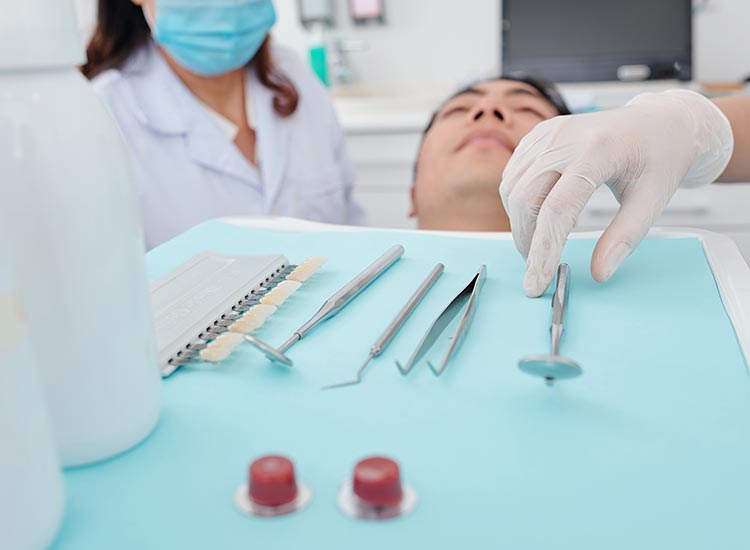Do They Put You to Sleep to Surgically Remove a Tooth?
Most surgical tooth removals are performed with local anesthesia, though sedation or general anesthesia may be used for more complex cases or anxious patients.
Key Points to Consider:
Local anesthesia numbs the area without putting you to sleep.
Sedation options, like nitrous oxide or oral sedatives, help patients relax.
General anesthesia is typically reserved for complicated or multiple extractions.
The choice of anesthesia depends on the procedure’s complexity and patient preference.
Dentists discuss anesthesia options before the surgery to ensure comfort and safety.

Anesthesia Options for Tooth Removal
Local Anesthesia and Sedation
In most surgical extractions, dentists use local anesthesia to numb the tooth, surrounding gum, and jaw area. This allows patients to remain awake and aware while preventing pain during the procedure. Some mild pressure or tugging sensations might be felt, but sharp pain is effectively blocked.
For patients who feel anxious or nervous, additional sedation options like nitrous oxide (laughing gas) or oral sedatives can be offered. These help ease anxiety while allowing the patient to remain conscious. The combination of local anesthesia and sedation provides a calm, pain-free experience for most routine surgical extractions.
When General Anesthesia Is Needed
Complex Cases and Special Situations
General anesthesia, which puts patients completely to sleep, is typically reserved for more complicated or multiple extractions, such as impacted wisdom teeth or cases involving significant bone removal. It’s also an option for patients with extreme dental anxiety or special medical needs. This type of anesthesia requires additional monitoring and is usually performed in a specialized clinic or hospital setting.
Your dentist or oral surgeon will evaluate your medical history, comfort level, and the procedure’s difficulty before recommending the best anesthesia option. While most extractions can be safely and comfortably handled with local anesthesia and sedation, having a discussion about your preferences and concerns helps ensure a stress-free experience.

If you’re scheduled for a surgical tooth extraction and have concerns about pain or anesthesia, speak with your dentist about your options. Knowing what to expect and choosing the right sedation method can make your procedure much smoother and more comfortable.
4o
